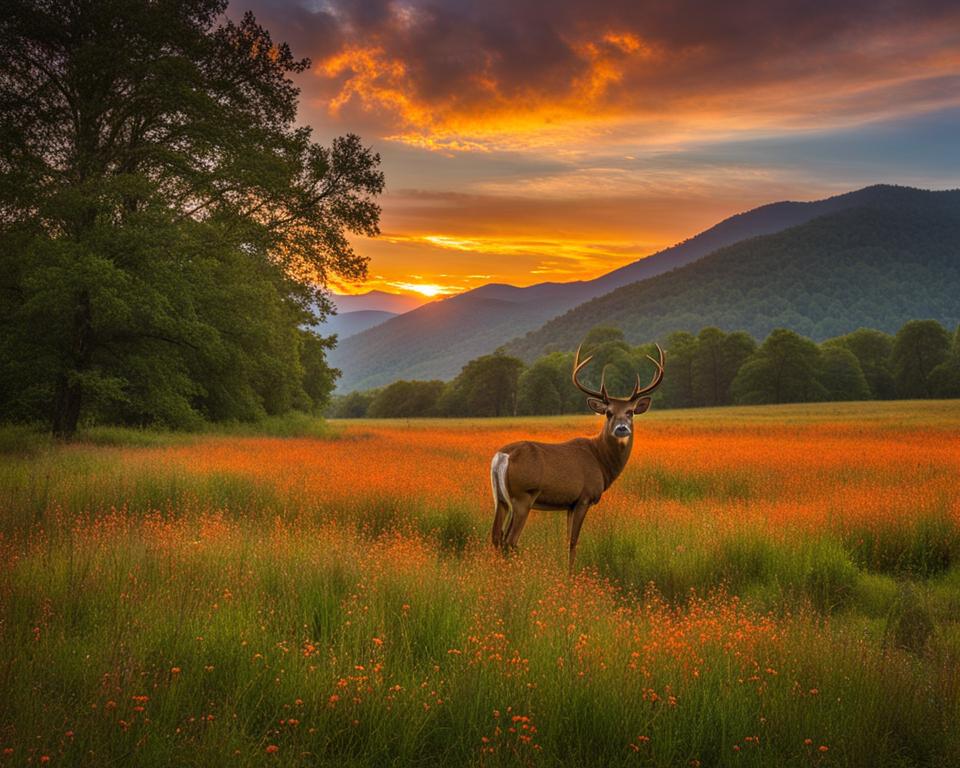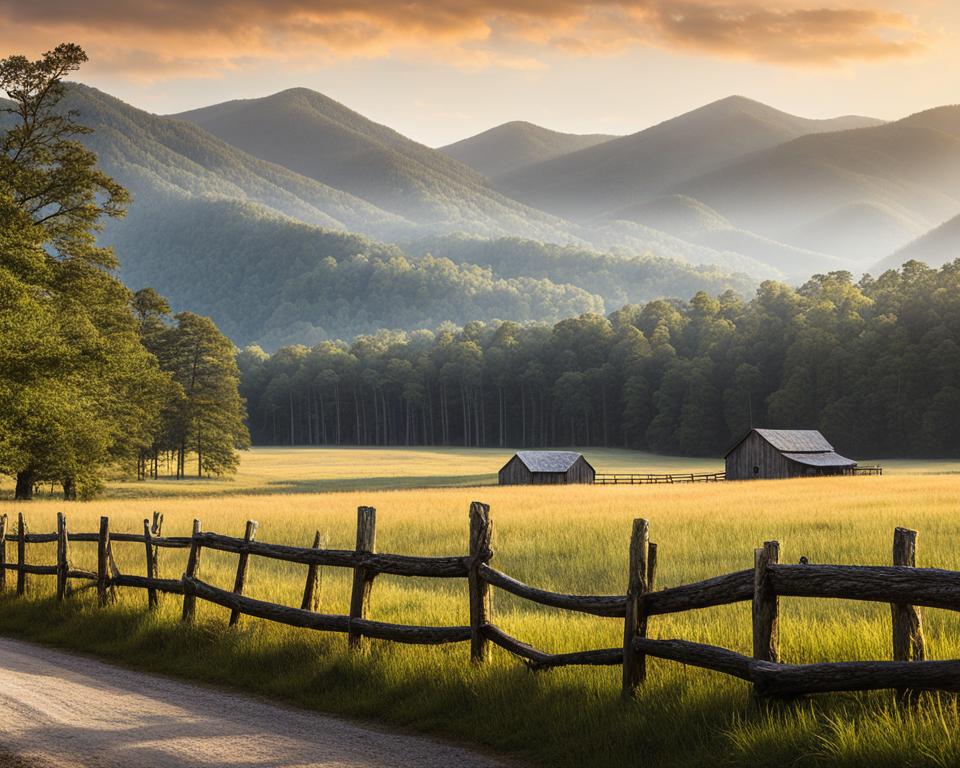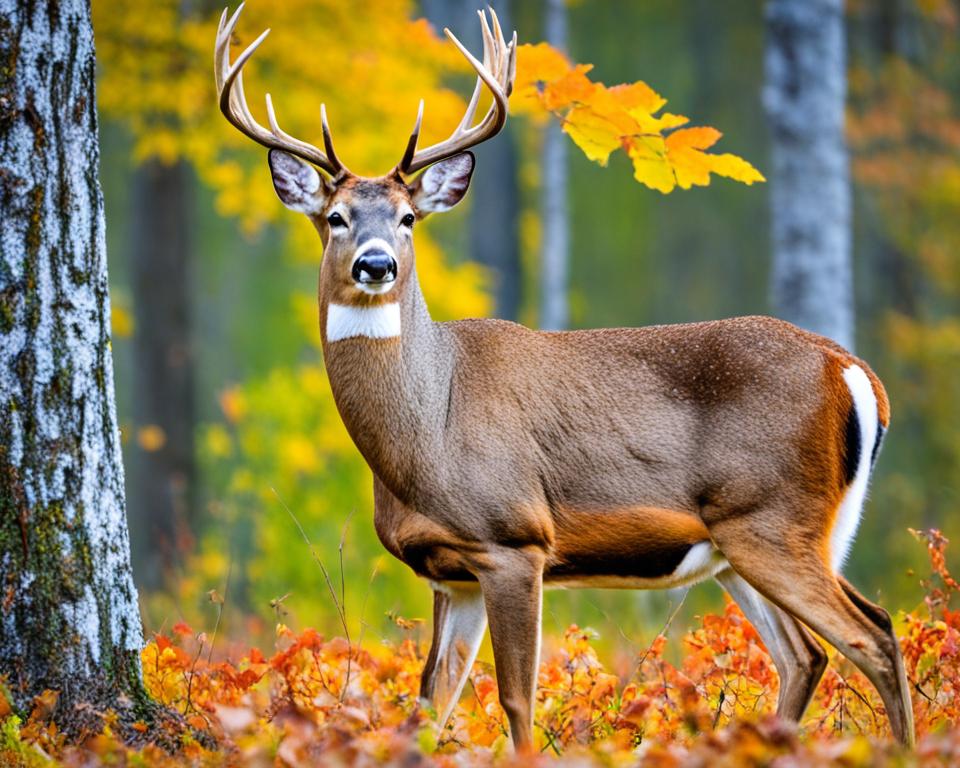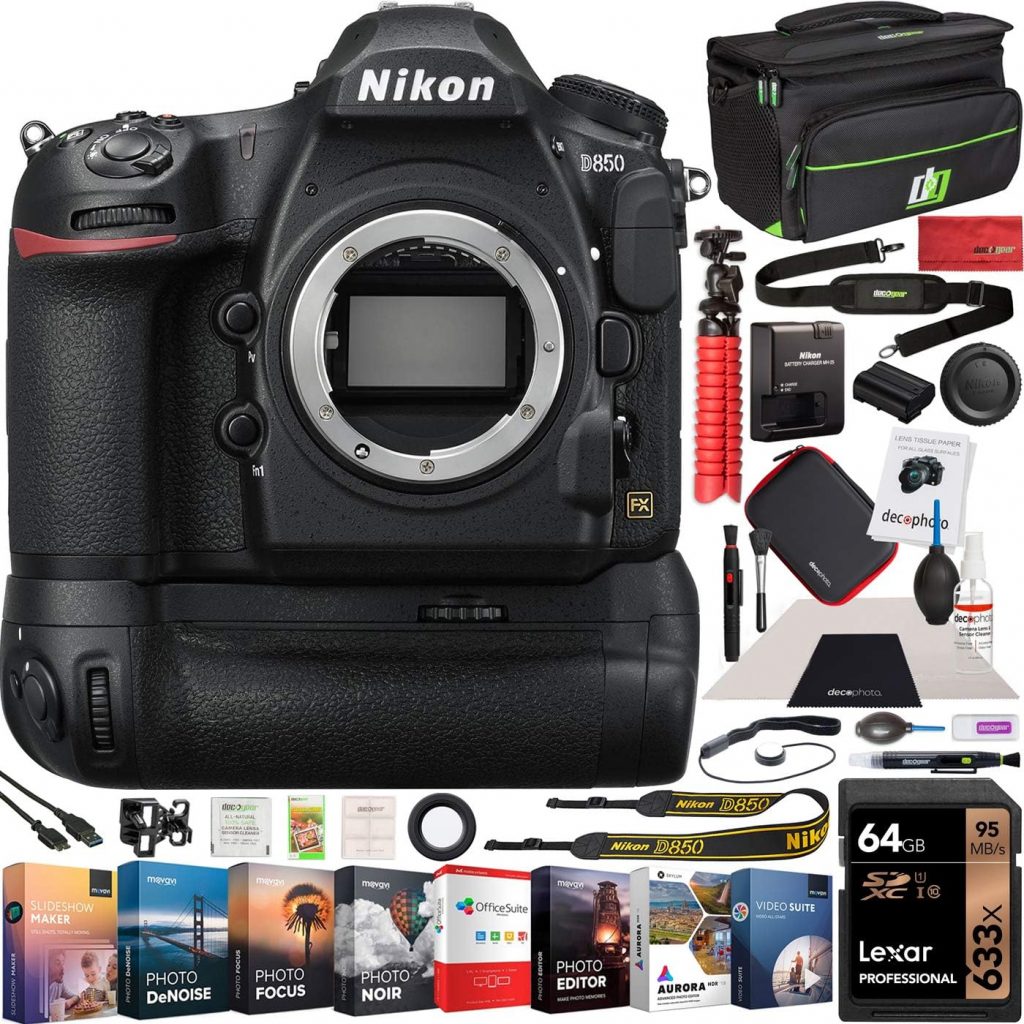
Cades Cove Wildlife Photography: Tips for Capturing Bears, Deer, and More
Welcome to our guide on Cades Cove wildlife photography! If you’re a nature enthusiast and passionate about capturing breathtaking wildlife moments, you’ve come to the right place. Cades Cove, located in the picturesque Great Smoky Mountain National Park, offers an incredible opportunity to witness and photograph a variety of animals in their natural habitat.
Whether you’re hoping to photograph majestic bears, graceful deer, or any other captivating creatures, we have the tips and techniques you need to maximize your wildlife photography experience. From recommended gear and best photography spots to essential techniques and ethical practices, we’ve got you covered.
Let’s dive in and explore the wonders of Cades Cove. Discover how to capture stunning wildlife photographs that will leave a lasting impression. Get ready to embark on an unforgettable journey into the heart of nature’s beauty!
Overview of Great Smoky Mountain National Park
Great Smoky Mountain National Park is a biodiverse treasure, known for its vast array of plant and animal species. With over 19,000 documented species, it is the most ecologically diverse park in the US National Park System.
Established in 1934 and dedicated by President Roosevelt in 1940, the park attracts millions of visitors each year. Its stunning landscapes and abundant wildlife make it a perfect destination for wildlife photography enthusiasts.
Whether you’re interested in capturing the diverse plant life or photographing the various animal species, Great Smoky Mountain National Park offers endless opportunities to explore and document its natural wonders.
From the serene beauty of the old-growth forests to the panoramic vistas of the mountains, the park’s natural scenery provides a breathtaking backdrop for capturing memorable photographs.
But it’s not just the landscapes that make this park special. Great Smoky Mountain National Park is home to a wide range of wildlife, including black bears, white-tailed deer, elk, and more. These incredible creatures offer a unique opportunity for photographers to capture stunning shots of some of the park’s most iconic inhabitants.
With its rich biodiversity, Great Smoky Mountain National Park truly lives up to its reputation as the most ecologically diverse park in the country. So grab your camera and embark on an unforgettable journey through this remarkable natural wonderland.
Wildlife Photography Locations in the Park
If you’re looking for the best places within Great Smoky Mountain National Park to photograph wildlife, then Cades Cove and Cataloochee Valley should be at the top of your list.

Cades Cove is renowned for its abundant wildlife, making it an ideal destination for wildlife photography. The open fields surrounded by picturesque woodland provide optimal viewing and photography opportunities. From bears roaming in the meadows to deer grazing in the fields, Cades Cove offers a diverse range of subjects to capture on your lens. In addition to its wildlife, Cades Cove also holds historical significance, with preserved homesteads and churches dating back to the 19th century.
Cataloochee Valley is another recommended location within the park, especially during the fall when the Elk rut takes place. Witnessing the majestic Elk during their rutting season is a sight to behold and a fantastic opportunity for wildlife photography. The valley’s scenic beauty, surrounded by mountains, further enhances your photography experience.
Both Cades Cove and Cataloochee Valley offer not only incredible wildlife photography opportunities but also a chance to immerse yourself in the historical charm and natural splendor of the Great Smoky Mountain National Park.
Tips for Photographing Wildlife in Cades Cove
To capture stunning wildlife photographs in Cades Cove, there are several tips and techniques to keep in mind. First, it’s important to visit during the times when wildlife is most active, such as early morning and late evening. These are the best times to capture the natural behavior of bears and deer in their natural habitat. The soft lighting during these hours also adds a beautiful touch to your photos.
Another key to successful wildlife photography is to focus on areas where open fields and forests meet. This is where animals tend to gather, and you’ll have a higher chance of capturing them in their natural surroundings. Look for pathways or clearings that animals use for movement and feeding.
When photographing bears, it’s essential to maintain a safe distance and use a long-range lens. This will allow you to capture detailed shots while keeping a respectful distance. Be mindful of park regulations regarding wildlife interactions and ensure the safety of both yourself and the animals.
“Capturing the essence of wildlife requires patience and observation. Take your time and remain quiet and still to avoid alarming the animals.”
Techniques like spot metering can help you achieve accurate exposure and maintain the focus on your subject. Spot metering allows you to meter the light specifically on the animal you want to capture, ensuring the correct exposure for your photograph.
Additionally, try experimenting with different camera settings and techniques. Exposing to the right can help you capture better detail in the shadows and highlights. Consider using burst mode to capture multiple shots in quick succession, increasing your chances of getting the perfect wildlife shot.
Tips for Photographing Deer
When photographing deer, it’s important to be aware of their behavior and movements. Study their patterns and habitats to increase your chances of capturing them in action. Look for areas with abundant food sources, such as fields or meadows, and position yourself with the wind blowing towards you to avoid your scent alerting the deer.

Patience is key when photographing deer. Take your time to observe their behavior and wait for the perfect moment to press the shutter button. Be aware of any sudden movements or noises that could startle them and ruin the shot.
Photography Gear and Equipment
Having the right photography gear and equipment is essential for wildlife photography in Cades Cove. To capture stunning images of wildlife from a safe distance, a long-range lens is highly recommended. Consider investing in a 150-600mm lens, which allows you to zoom in close to your subjects without disturbing them.
Explore this high end Nikon D850, Perfect for Cades Cove Photography (Amazon affiliate link)

Experience the Nikon D850, a 4K multimedia powerhouse perfect for content creators. Record stunning 4K UHD with zero crop factor using full-frame NIKKOR lenses, create in-camera 4K time-lapses, and shoot breathtaking 8K sequences with its Interval Timer Mode. Featuring a tilting touchscreen for versatile shooting angles, robust weather sealing for tough conditions, and impressive battery life for extended shoots. The D850 seamlessly connects to devices for easy sharing and remote control via Nikon’s SnapBridge app. Perfect for any setting, from studio to landscapes.
When it comes to camera settings, using spot metering mode can ensure proper exposure for your wildlife subjects. This mode measures the light in a specific area, allowing you to accurately expose your subject. Additionally, utilizing auto-ISO with a maximum allowable ISO setting can provide versatility in different lighting conditions, giving you flexibility while shooting wildlife in various environments.
It’s also advisable to carry a second camera with a wide-angle or landscape lens for capturing scenic shots of the park. This allows you to appreciate and document the beauty of Cades Cove beyond wildlife photography. Whether it’s a breathtaking landscape or an interesting historical structure, having a wide-angle lens can widen your creative possibilities.
With the right gear and necessary equipment, photographers can capture the beauty of wildlife in Cades Cove with precision and detail. Investing in long-range lenses and utilizing suitable camera settings can vastly improve the quality of wildlife photographs.
Ethical and Safe Wildlife Photography Practices
When engaging in wildlife photography in Cades Cove, it’s crucial to prioritize safety and ethical practices. Staying safe while photographing wildlife is not just about protecting yourself but also about respecting the animals and their natural habitats.
To ensure a safe experience, always maintain a safe distance from wildlife. This not only keeps you out of harm’s way but also minimizes any distress or disturbance to the animals. Respect their habitats by avoiding trampling on vegetation or disrupting their natural behaviors.
It’s important to note that baiting or feeding wildlife for the purpose of photography is unethical and can harm their health and natural behavior patterns. Instead, observe animals in their natural state and capture their authentic moments without any interference. By adhering to these ethical guidelines, you can enjoy a fulfilling wildlife photography experience while preserving the well-being of the animals and their habitats.